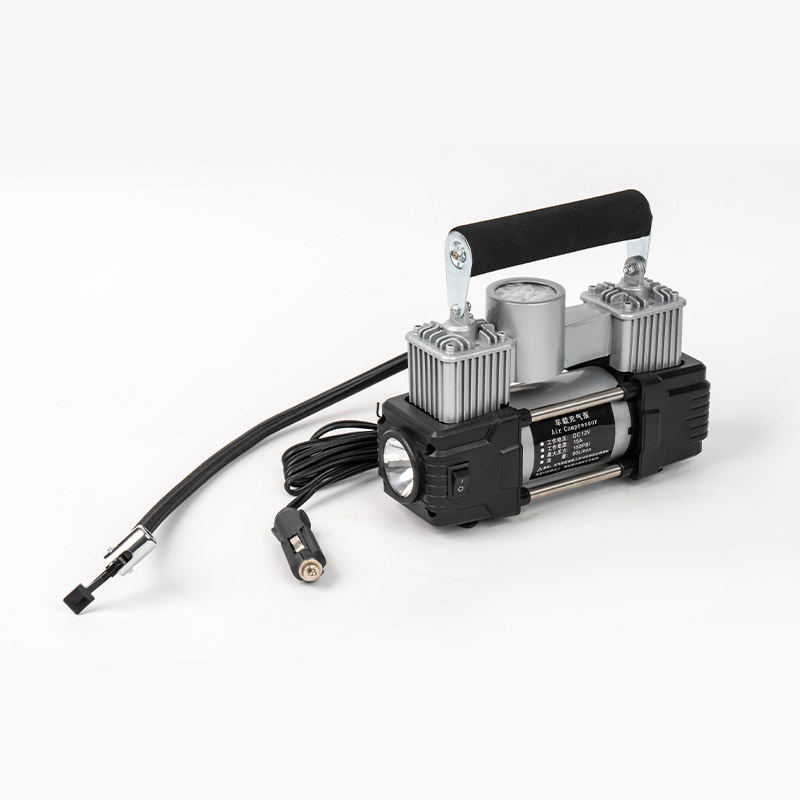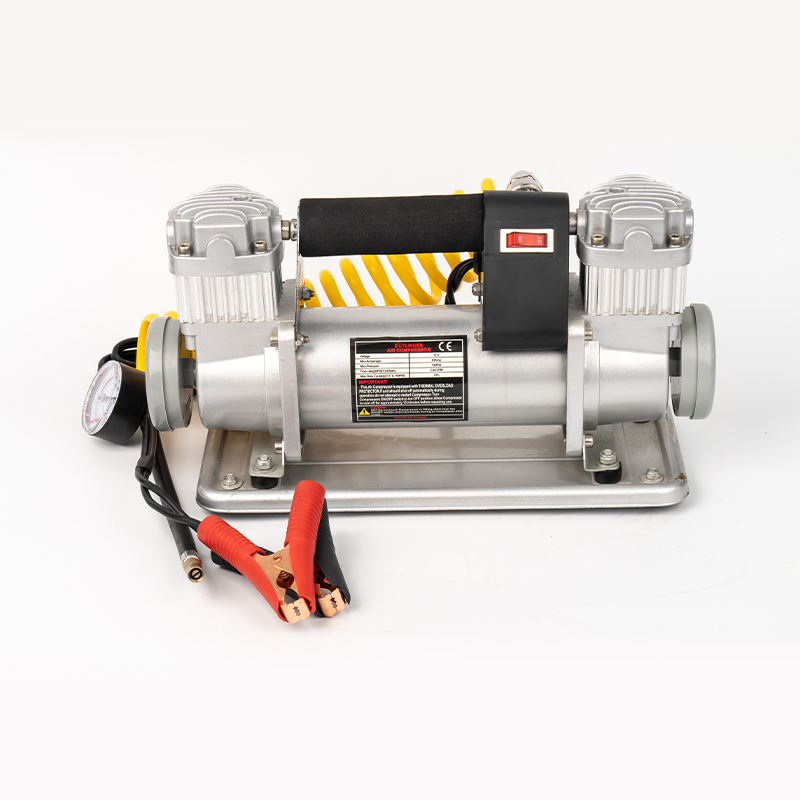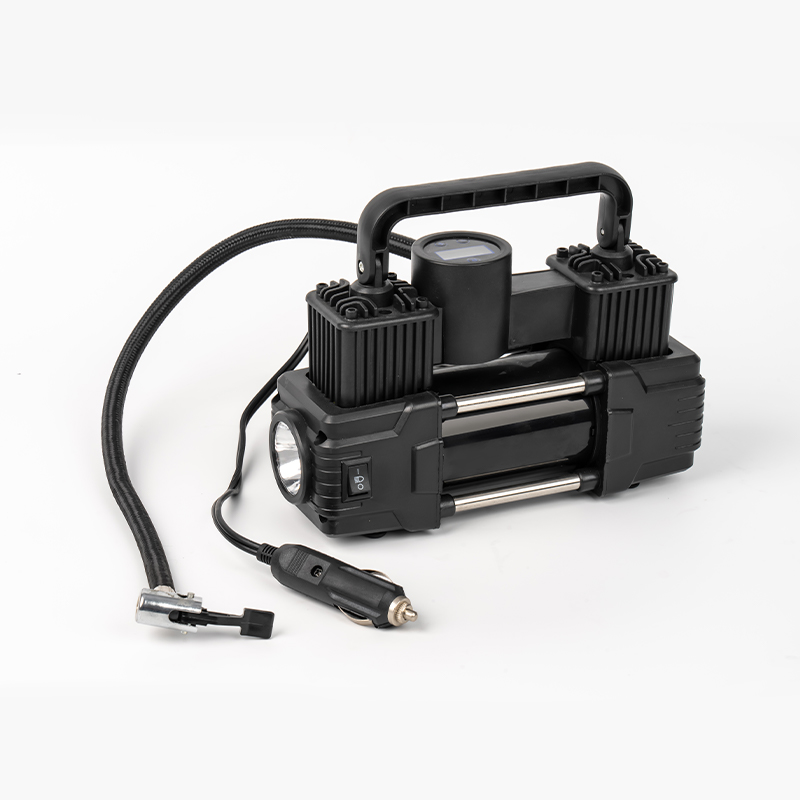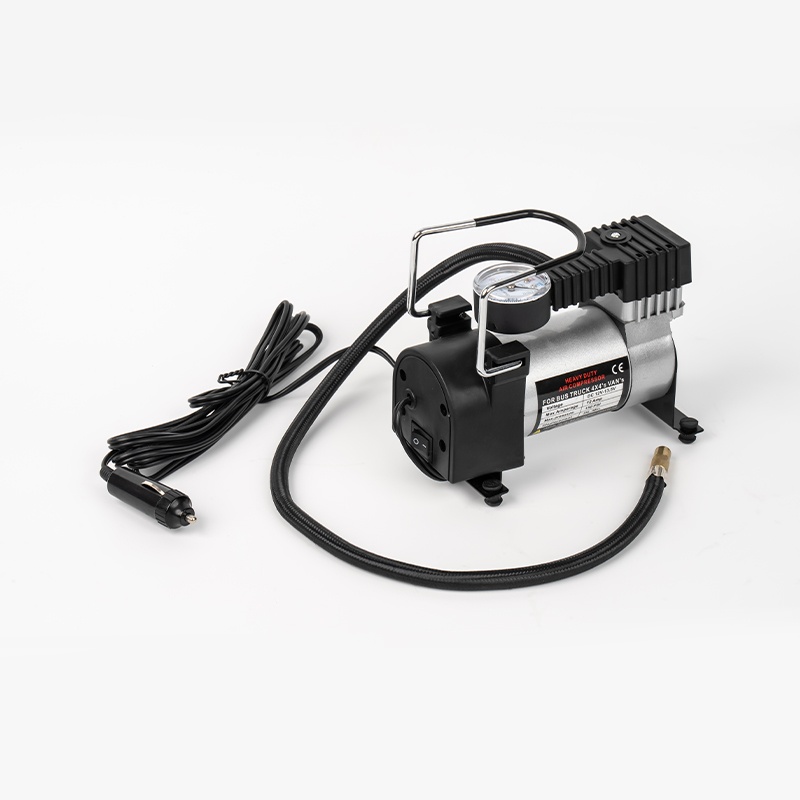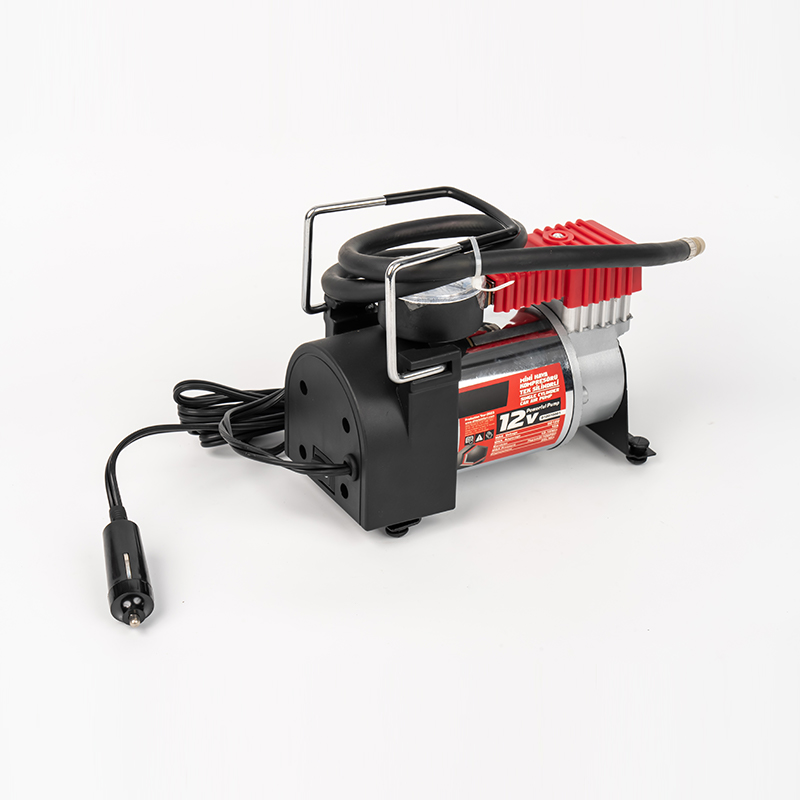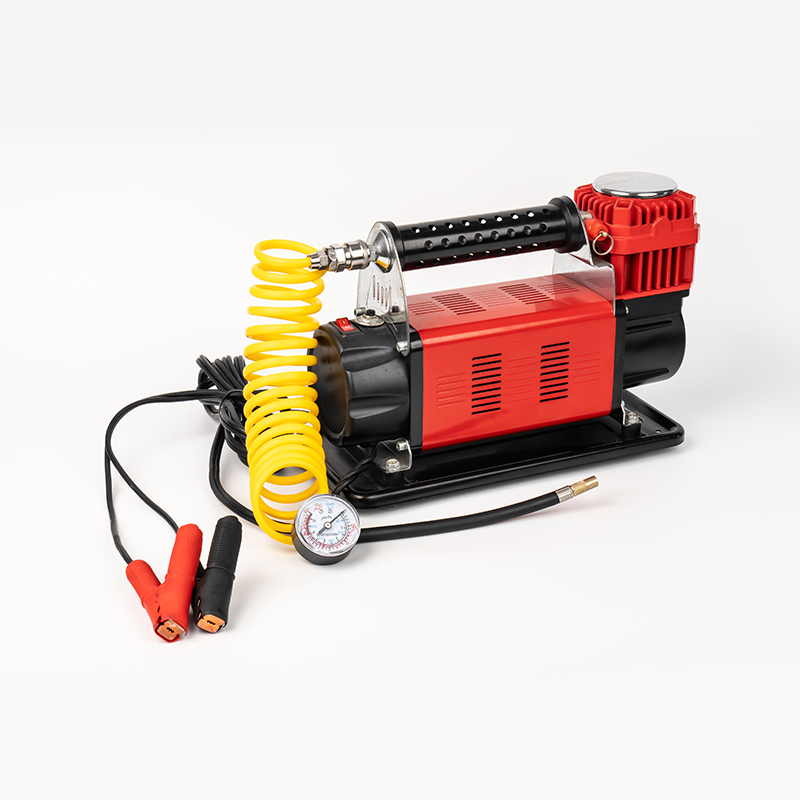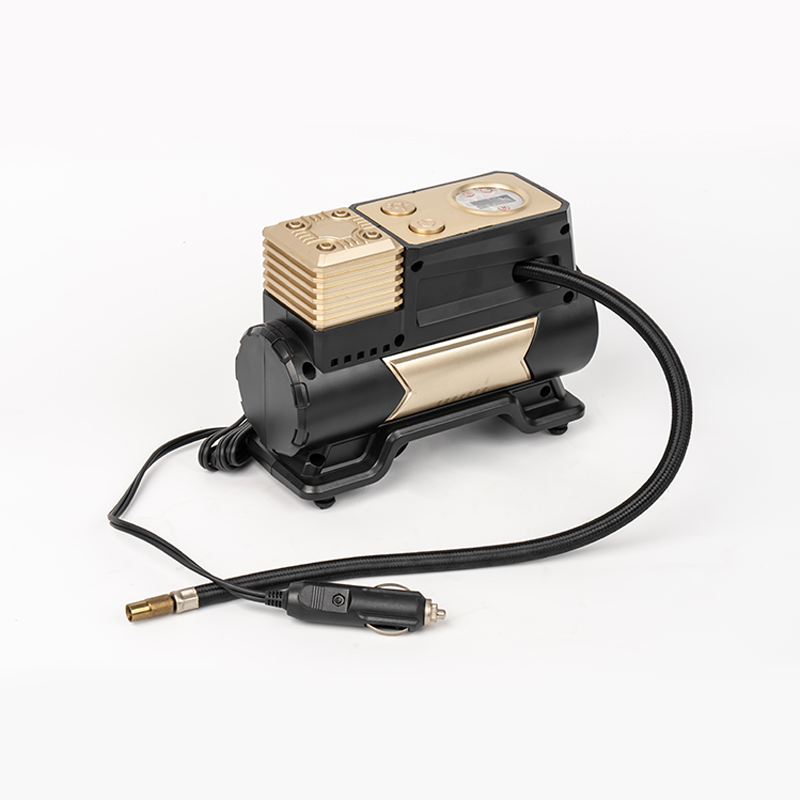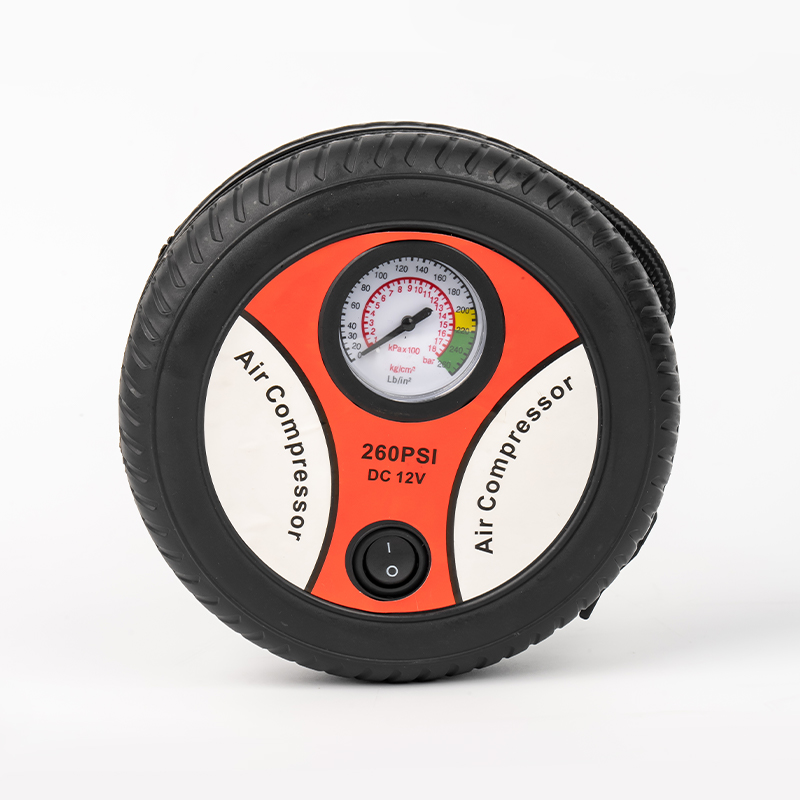Proper tire inflation is critical for vehicle safety, fuel efficiency, and tire longevity. While an Automotive Tire Inflator – whether a simple handheld unit, a portable compressor, or a gas station model – makes checking and adjusting pressure straightforward, common user errors can undermine its benefits and even create hazards.
Here are the most frequent mistakes drivers make when using an Automotive Tire Inflator:
Ignoring the Manufacturer's Recommended PSI: The single biggest error is inflating tires based on the maximum pressure listed on the tire sidewall or simply guessing. Always inflate to the vehicle manufacturer's recommended pressure, found on a sticker inside the driver's door jamb, glove box, or fuel filler flap. This figure is calculated for optimal handling, braking, ride comfort, and load capacity for your specific vehicle. Using the tire's max pressure often leads to overinflation.
Checking Pressure on Warm Tires: Tire pressure increases as tires heat up during driving. Checking pressure immediately after a journey gives a falsely high reading. For accuracy, always use your Automotive Tire Inflator on cold tires – ideally when the vehicle has been parked for at least three hours or driven less than a mile at low speed. This ensures you're measuring and adjusting based on the correct baseline.
Overlooking the Valve Cap: That little plastic cap on the tire valve stem isn't just decorative. It keeps dirt, moisture, and debris out of the valve core, preventing slow leaks and potential air loss. Always replace the valve cap securely after using your Automotive Tire Inflator. Failing to do so can lead to premature pressure loss or valve core damage.
Not Using a Reliable Gauge (Double-Checking): While many Automotive Tire Inflator units have built-in gauges, their accuracy can vary, especially on older or lower-cost models, or due to bumps and drops. A best practice is to use a separate, high-quality digital tire pressure gauge to verify the pressure after inflation. Don't solely rely on the inflator's gauge without periodic checks against a known-accurate standard.
Rushing the Inflation Process: Especially with slower portable inflators, impatience can lead to inaccuracy. Attach the Automotive Tire Inflator chuck firmly and squarely onto the valve stem to ensure a good seal and prevent air leakage during inflation. Inflate in short bursts, checking the pressure frequently with a gauge as you approach the target PSI. Overfilling and then having to deflate is inefficient and risks letting too much air out.
Forgetting the Spare Tire: Your spare tire (full-size or "donut") loses pressure over time just like your main tires. Neglecting to periodically check and inflate the spare with your Automotive Tire Inflator means it could be useless when you desperately need it. Include it in your monthly pressure checks.
Ignoring Visual Checks: An Automotive Tire Inflator corrects pressure, but it doesn't fix damage. Before inflating, quickly inspect tires for obvious signs of damage like cuts, bulges, cracks, or excessive tread wear. Inflating a severely damaged tire can be dangerous.
Using an Automotive Tire Inflator correctly is simple but requires attention to detail. By consistently checking cold tires against the vehicle's recommended PSI (not the tire's max), using a reliable gauge, ensuring valve caps are in place, and including your spare, you maximize safety, extend tire life, and improve fuel economy. Avoid these common mistakes to ensure your Automotive Tire Inflator is truly an asset to your vehicle's maintenance routine. Make checking tire pressure a monthly habit for optimal performance and peace of mind.

 English
English Español
Español عربى
عربى Türk
Türk
